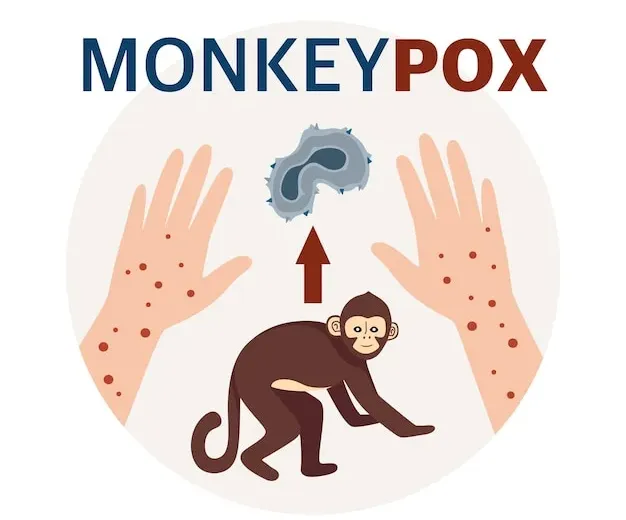When traveling to tropical areas like Bali, most visitors expect to see mosquitoes and ants—but many are surprised when they hear about Tomcat insects. Recently, Tomcats (also called Paederus beetles) have become a growing health concern in Southeast Asia, including Bali.
While small and harmless-looking, Tomcats can cause painful skin reactions if not handled carefully. Knowing how to prevent and manage Tomcat exposure can help keep your trip safe and comfortable.
What Are Tomcat Insects?
Tomcats are tiny beetles found in warm, humid environments like rice fields, gardens, and areas with bright lights at night. They do not bite or sting. The danger comes from a chemical in their body called pederin, one of the most toxic natural substances known.
When the insect is accidentally crushed against the skin, pederin is released and causes a skin condition often called “Tomcat dermatitis.”
Symptoms of Tomcat Dermatitis
According to recent dermatology studies, Tomcat reactions typically appear 12–36 hours after contact. Symptoms may include:
- Red, burning patches on the skin
- Itchy blisters or watery lesions
- Linear or streak-like rashes (often called “whiplash dermatitis”)
- Painful sensation similar to a chemical burn
The face, neck, and arms are the most commonly affected areas. In some cases, if the toxin touches the eyes, it can cause severe irritation known as keratoconjunctivitis.
Why Are Tomcats a Growing Concern in Bali?
Urban development and climate changes have brought humans closer to Tomcat habitats. During the rainy season, especially December to March, Tomcats are more active and often attracted to artificial lights in villas, hotels, and restaurants.
For travelers, this means a higher chance of accidental contact—especially if you’re staying near rice fields or tropical gardens.
What To Do If You Encounter a Tomcat
Do not crush the insect. If a Tomcat lands on you, gently blow it away or flick it off with paper.
Wash the area immediately. Use soap and clean water to remove any toxin.
Apply a cold compress. This helps reduce burning and irritation.
Seek medical help if the rash spreads, if blisters appear on the face or eyes, or if pain is severe.
At our clinic, we often treat Tomcat dermatitis with topical steroids, soothing creams, and in some cases, antihistamines to reduce itching.
How Travelers Can Prevent Tomcat Dermatitis
Keep windows closed at night or use fine mesh screens.
Avoid bright lights near sleeping areas.
Shake bedding, clothes, and towels before use.
Wear long sleeves and trousers if you are near rice fields at night.
Key Takeaway for Travelers in Bali
Tomcat insects may be small, but their toxin can cause big problems for your skin if not handled properly. The good news: with simple precautions and prompt treatment, Tomcat dermatitis usually heals within one to two weeks without leaving permanent scars.
If you are traveling in Bali and notice unusual skin reactions, don’t wait—our medical team is available for quick and professional care right at your hotel or villa.
If you are traveling in Bali and notice unusual skin reactions, don’t wait—our medical team is available for quick and professional care right at your hotel or villa.



